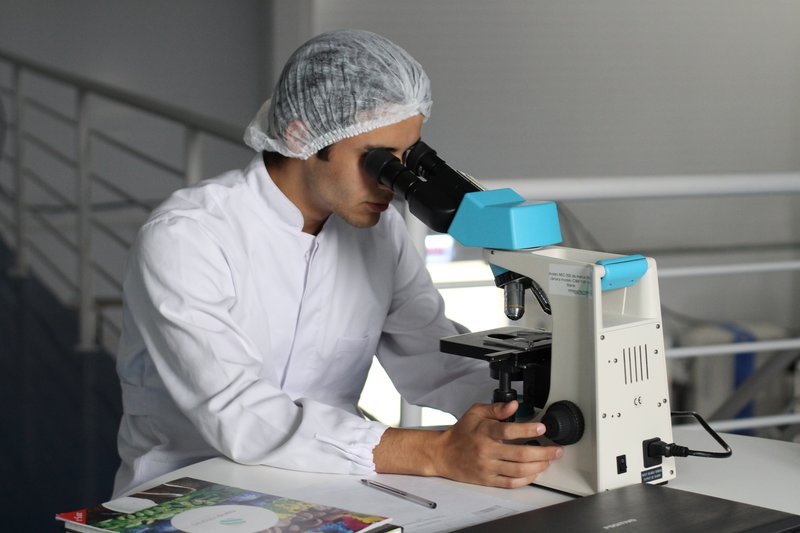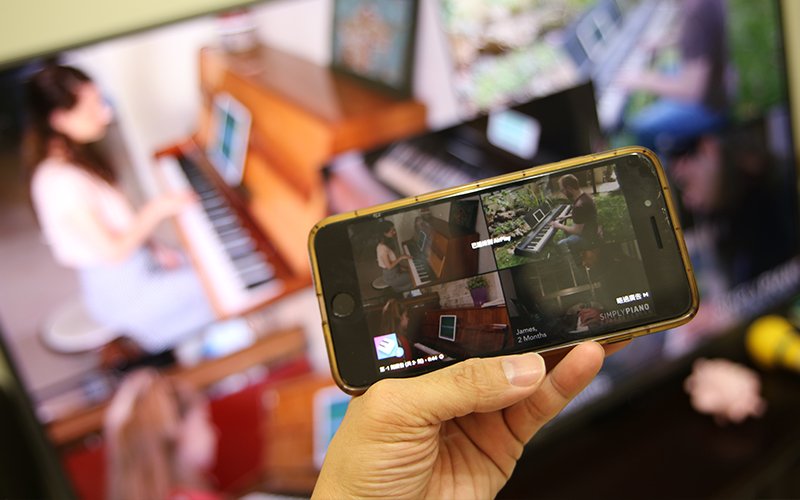Projector
Monitor
Lighting
Digital Display
Job References
This site uses cookies. By continuing to browse the site you are agreeing to our use of cookies, you can also manage preferences.
This site uses cookies. By continuing to browse the site you are agreeing to our use of cookies, you can also manage preferences.
Projector
Monitor
Lighting
Digital Display
Job References
Projector
Monitor
Lighting
Digital Display
Job References
Knowledge Center SupportWireless presentation systems are becoming more common in boardrooms and larger enterprise collaboration spaces to share financial data and presentations, but how can engineers and scientists use this technology to share information with their teams and enable creative collaboration? The ability to share content directly from any device – located anywhere in the lab can help drive the creative process.
Although virtually any wireless collaboration solution will enable Windows and Mac OS notebooks to share content, a significant amount of research is done on specialty devices such as digital microscopes, dedicated development boards, and specialty instruments. With the cost of large screen displays and projectors enabling labs and research workspaces to have a display that can centrally viewed by the entire team, what type of devices can wirelessly connect to these displays to enable effective collaboration and creative discussion that speeds the research progress?
This article will look at what types of engineering devices can be supported by popular wireless presentation systems in a laboratory environment.

Nearly all wireless collaboration solutions will work with computers using Windows and Mac OS systems. Most wireless presentation systems utilize a proprietary application running on these devices to send the signal over a network or directly to the receiver attached to the display. Some models, such as the BenQ InstaShow, utilize a hardware button to connect without using any applications making it easy for BYOD devices to use the system.
Inexpensive devices based on the Chrome OS are becoming more popular in laboratories and science work spaces due to their affordability and the variety of form factors available. These range from inexpensive devices such as Chromebits, to higher-end Chromeboxes. While some wireless presentation solutions have written apps for these devices, the support for these devices is limited among the major brands of wireless presentation solutions.
Wireless connections to digital cameras enable technicians to share their results right from their desks to their colleagues to capture real time chemical reactions, test results, or dissection procedures using various types of document cameras, head mounted devices, or even specialty cameras such as endoscopic cameras. These devices require a software-free wireless presentation system.
Digital microscopes with an HDMI digital output are becoming increasingly affordable, enabling individual technicians to have their own device to view and present their findings to their team. The BenQ InstaShow transmitter button can directly connect to a microscope’s HDMI port, and be powered by either a USB adapter or power bank to enable a wireless connection to the shared display.
With the explosion IoT technology, nearly every electronic product category is being transformed into a connected device. The development process for this is complicated and often requires multiple debugging efforts on Beagle Boards, Raspberry Pi, and Arduino boards to test radios, chipsets, and functionality. App-free wireless presentation systems can use the HDMI port on these devices, enabling sharing content directly from the device for team collaboration on quality issues or to try out apps in real time.
Quality control is a team effort, and the ability to share and analyze data in a group is key to real time collaboration. Newer testing equipment, such as the Keithly Parameter Analyzer, now have HDMI connectivity that can be used by a wireless presentation system to show real time results to a projector or large display – enabling the entire team to have the same data.

Like notebooks, most wireless systems can easily connect to an Android or iOS device using either a cable connection, an app loaded on the device itself, or both.
So how do the most popular wireless presentation systems support all these different devices? As you can see below, mainstream notebooks and tablets all are supported, typically with the use of a proprietary application that runs on the device. With alternative operating systems such as Chrome, or devices that have closed designs, many of the wireless presentation systems have limited or no support for these devices. This data is current as of 2019, and may change over time.
| Will Support | BenQ InstaShow | Barco ClickShare CSE-200 | Mersive Solstice Pod |
AirTame 2 |
Will Support Notebooks | BenQ InstaShow Yes | Barco ClickShare CSE-200 Yes | Mersive Solstice Pod Yes | AirTame 2 Yes |
Will Support Phones / Tablets | BenQ InstaShow Yes | Barco ClickShare CSE-200 Yes | Mersive Solstice Pod Yes | AirTame 2 Yes |
Will Support Chrome Devices | BenQ InstaShow Yes | Barco ClickShare CSE-200 No | Mersive Solstice Pod No | AirTame 2 With Limitations |
Will Support Digital Cameras | BenQ InstaShow Yes – via HDMI | Barco ClickShare CSE-200 No | Mersive Solstice Pod No | AirTame 2 No |
Will Support Digital Microscopes | BenQ InstaShow Yes – via HDMI | Barco ClickShare CSE-200 No | Mersive Solstice Pod No | AirTame 2 No |
Will Support Raspberry Pi / Development Boards | BenQ InstaShow Yes – via HDMI | Barco ClickShare CSE-200 No | Mersive Solstice Pod No | AirTame 2 No |
Will Support Testing Equipment | BenQ InstaShow Yes – via HDMI | Barco ClickShare CSE-200 No | Mersive Solstice Pod No | AirTame 2 No |
While the popular wireless systems are all able to work with mainstream notebooks and smart devices, the ability of the BenQ InstaShow to use a native HDMI output makes it an ideal choice for administrators looking for a flexible collaboration solution in their laboratories, development areas, and quality control system. Because it can support up to 16 different devices using additional buttons, one system can support the entire lab – without purchasing expensive HDMI switchers and long cables.
Thanks for your feedback!